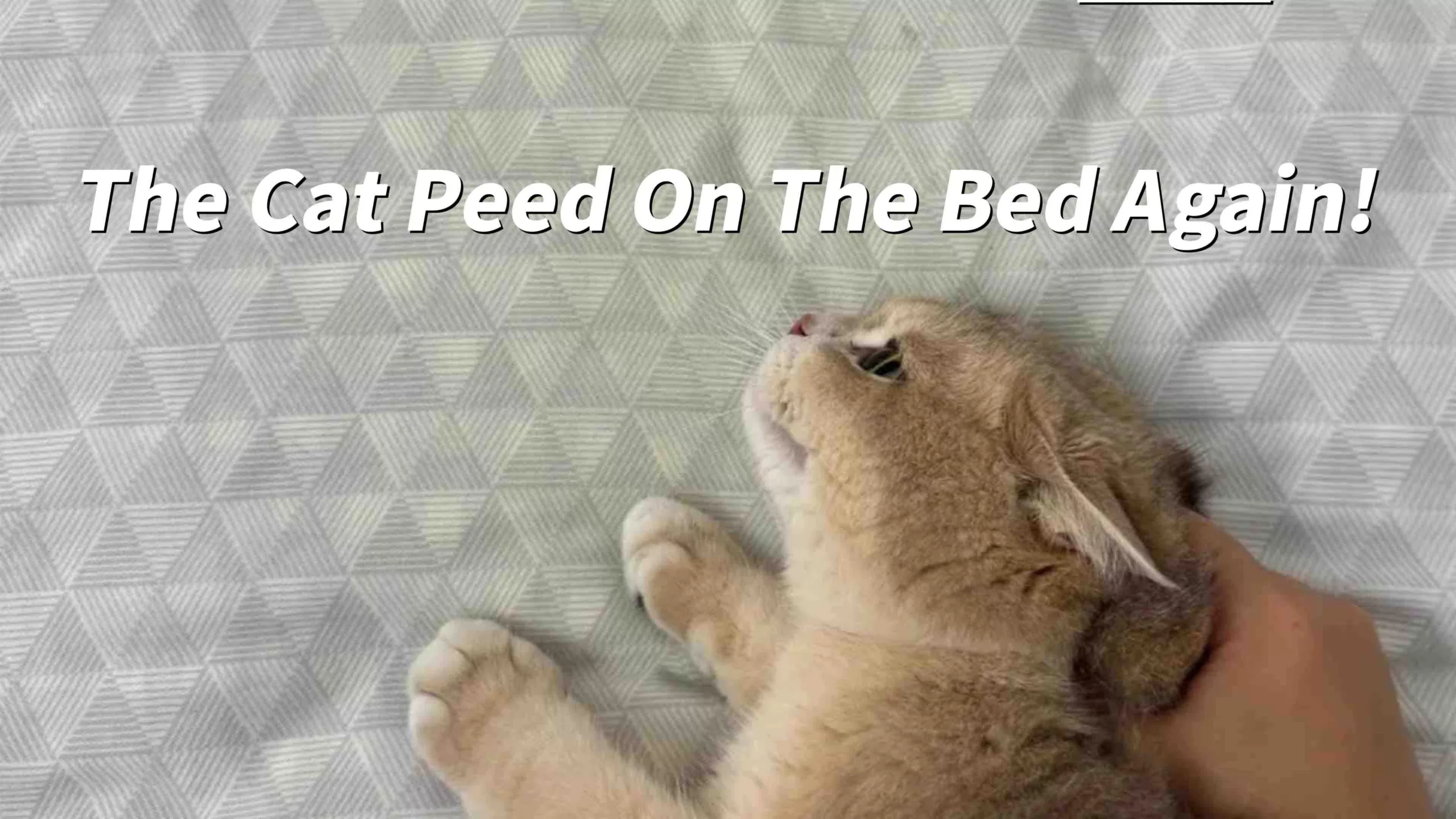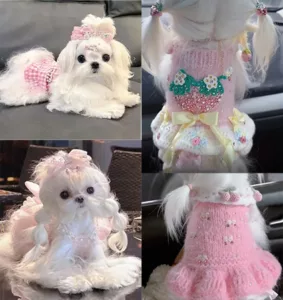
Posts page
Causes of Cat Urine Odor and How to Completely Remove It | Expert Analysis

Why Is Cat Urine Odor So Stubborn?
Many cat owners initially just wipe the surface or spray disinfectant, but after a few days the smell persists or gets stronger, and cats may continue urinating in the same spot. There is scientific reasoning behind this.
🧪 Chemical Components of Cat Urine and the Source of Odor
- Urea
Breaks down into ammonia when reacting with bacteria in the air, producing a strong pungent smell. - Uric Acid
Forms insoluble crystals that embed in fibers or floor cracks, difficult to remove with water or regular cleaners, and is the main cause of lasting odor. - Proteins and Organic Matter
Ferment under microbial action, producing a foul smell. - Pheromones
Chemical signals cats use for territory marking, persistent and attractive to cats.
Note: Regular cleaning cannot break down uric acid crystals or pheromones, and may actually encourage cats to mark again.
🚨 Risks and Consequences of Residual Odor
- Cats repeatedly urinate in the same spot, creating a behavioral loop.
- Odor re-emerges when the area is damp.
- Multi-cat households may experience territorial conflicts.
- Acidic urine can discolor or corrode furniture and flooring over time.
✅ The 3-Step Complete Cat Urine Removal Method
1. Immediately Blot Up the Urine
- Use paper towels or dry cloths to press and absorb urine. Avoid wiping to prevent spreading.
2. Use an Enzyme Cleaner to Break Down Uric Acid and Pheromones
- Recommended products: Nature’s Miracle, Simple Solution, Rocco & Roxie, etc.
- Procedure:
- Spray evenly on the affected area,
- Let sit for 30–60 minutes,
- Blot dry or rinse with clean water,
- Repeat spraying if necessary.
3. Thoroughly Dry the Area
- Air dry naturally or use a fan/dehumidifier to speed drying.
- Avoid moisture to prevent odor from returning.
- Do not use heat drying, as heat can deactivate enzymes.
❌ Cleaning Products to Avoid and Why
| Product | Issue |
|---|---|
| Bleach | Cannot break down uric acid and is corrosive |
| Disinfectants (e.g., Dettol) | Toxic residues, mask odor but don’t eliminate it |
| Ammonia/Alcohol | Irritates cats, encourages repeat marking, toxic |
🧼 Practical Cleaning Tips
- Treat fresh urine stains promptly for easier removal.
- Always use enzyme-based pet cleaners.
- Keep enzyme sprays at home for emergencies.
- Regularly deep clean litter boxes and surrounding areas to reduce marking triggers.
🧾 Cat Urine Treatment by Material
| Material | Treatment Method |
|---|---|
| Fabrics (carpets, sofas, clothes) | Blot urine immediately → Spray enzyme cleaner → Let sit → Blot or rinse → Air dry. Avoid bleach or strong chemicals. |
| Hard Floors (wood, tile) | Blot urine → Spray enzyme cleaner to penetrate cracks → Let sit 30-60 min → Wipe or mop → Dry thoroughly. Avoid prolonged water exposure on wood. |
| Furniture (cushions, pillows) | Blot → Spray enzyme cleaner → Let soak → Blot or vacuum → Repeat if needed. Test on sensitive fabrics first. |
| Mattresses and Bedding | Blot → Generously spray enzyme cleaner → Let sit for hours → Light rinse or blot → Air dry. Use enzyme powder for stubborn odors. |
⚠️ Additional Notes
- Avoid any ammonia-based cleaners; ammonia is part of cat urine scent and attracts cats to re-mark.
- Avoid hot water or steam cleaning; heat sets the stains permanently.
- How to find urine spots: Cat urine glows under UV light. More info here.















